Digital Labelling – A revolution in the label printing industry
Quicker, Cheaper, Better; Digital labelling is the growth area in the label printing business. Digital technology is revolutionising the production of small quantities of self-adhesive labels. Historically, printing a batch of labels required artwork, step and repeat, printing plates and cutters. Digital labelling technology has removed steps and made labelling more economically viable on smaller runs.
Artwork & Stepping
Firstly the artwork is created and the design is approved – this step has not changed. The artwork would then be separated into the constituent colours and each design would be stepped and repeated to represent the number of labels across and around the print cylinder that is used to apply the ink.
Printing Plates
In flexographic printing, one printing plate is required for each colour and each plate costs up to £40. Full-colour artwork without any spot colours means forking out £160 before a label is printed. This equipment needs to be ordered from a specialist plate maker and that creates a 2 day or more delay before printing can start.
Cutters
The next phase of the old process is for a solid metal cutter matching the size of the label; a further £80-£200 and more delay before the printing process can start.
Digital Labelling
Developments in digital printers do away with the need for plates and cutters. All that is required for digital labelling is high-resolution images and text included in PDF files or just JPEGs. Whilst this “artwork step” is common with old-fashioned flexographic printing it is far simpler with digital labelling.
Once prepared, the design is sent as a PDF file and processed by software call the “rip”. This software separates (literally rips) the artwork into constituent Cyan, Magenta, Yellow and Black (CMYK) enabling it to be printed. The digital printer has 4 colour planes – Cyan, Magenta, Yellow and Black so the ripped file instructs each plane what to print. The stacked colours on the paper give the full-colour label in near photo quality.
Positive ID Labelling has invested in a state of the art EFI Jetrion 4900 digital press with laser die cutting capability. This means that once the label is printed, the label can be cut from the feedstock in the same process. The lasers on the machine cut the face material but leave the backing intact. An added benefit is that digital labelling can be cut to virtually any shape that can be drawn!
Flexographic printing is seriously restricted here. Digital print and cut technology mean there is no need for an expensive cutter. It also removes a restriction found in flexographic printing which is governed by cylinder size. With flexographic printing, if you want a label that doesn’t fit the cylinder sizes we have, an expensive investment in new cylinders is required. Alternatively, we have to pass the work to another print house that does have that tooling – a loss of turnover.
So digital labelling is produced quicker than flexographic printing, to a higher quality and any shape or size. Digital technology also means smaller label quantities become economically viable. Whereas a flexographic print run would require 5,000 or more labels (in general), digital labelling can be produced cost effectively in runs as low as 500.
This is a great benefit to many small food producers who would have needed to order thousands of labels to achieve a competitive price. You can order a couple of hundred of each design type of product to suit your needs. This is helpful to an emerging business that is testing the market with a new product or wants to take advantage of seasonal promotions.
Positive ID Labelling can help with all of this; to find our more, call us on 01332 864895 or fill in the contact form below and we will get back to you:
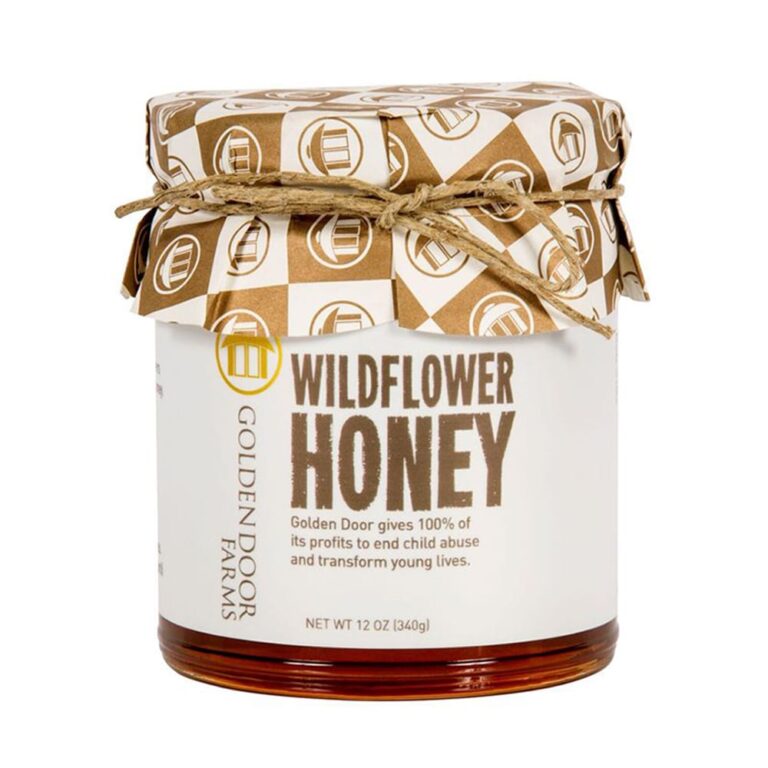
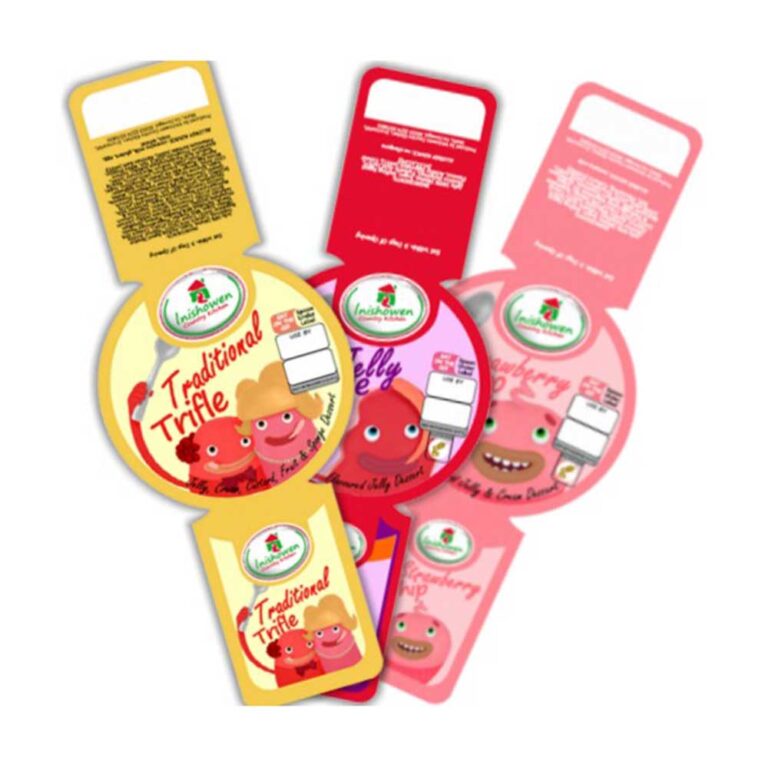

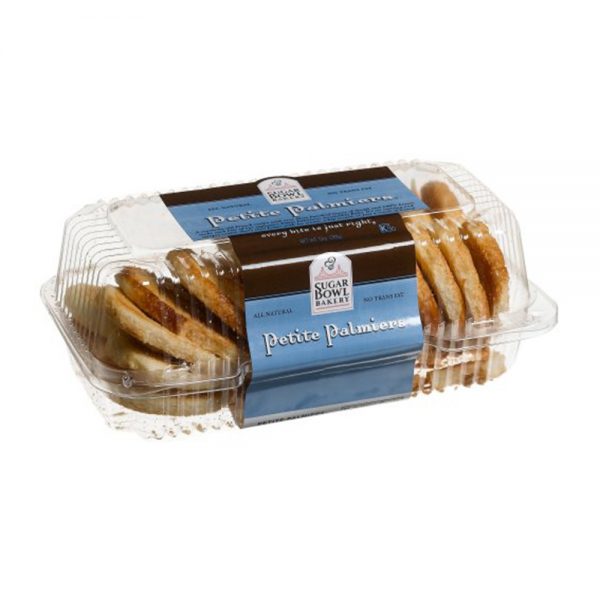
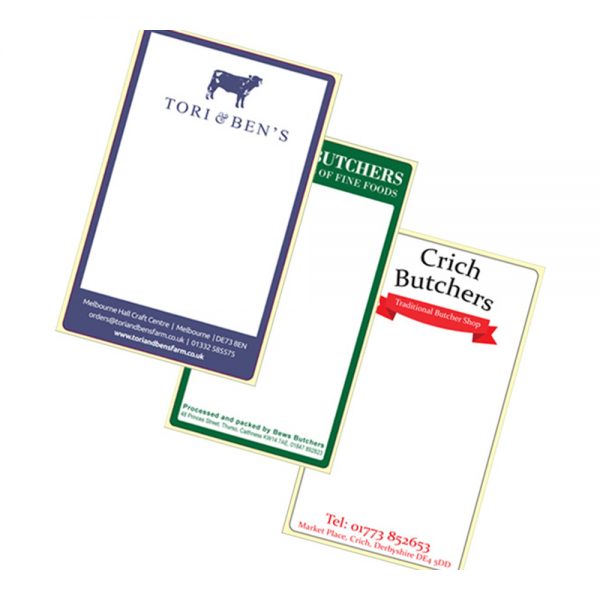
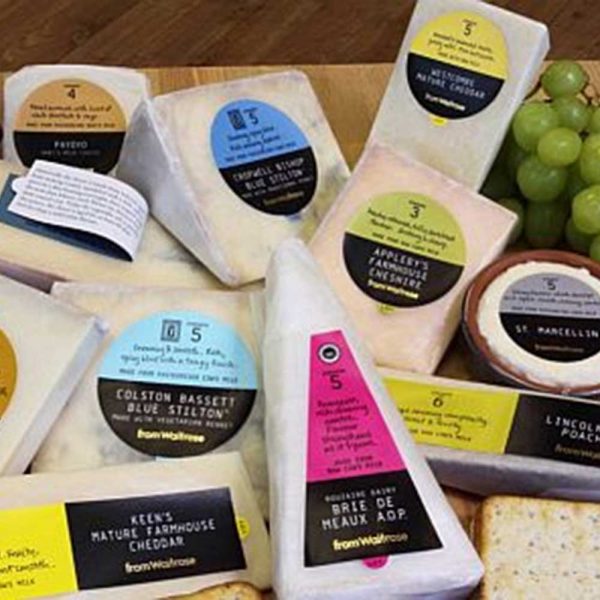

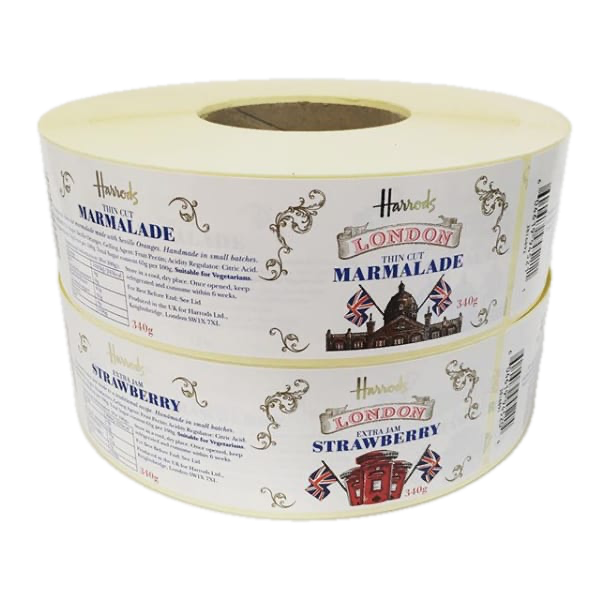
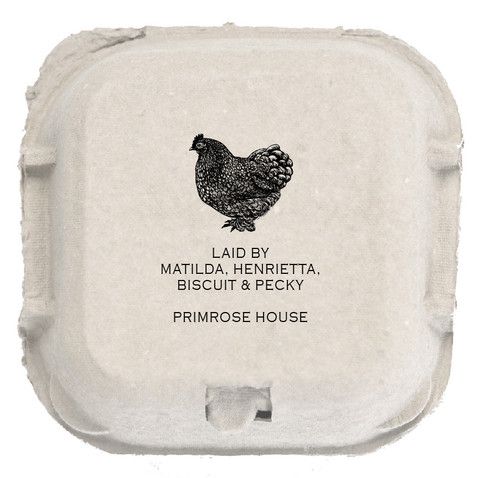
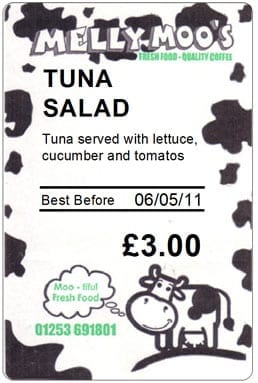
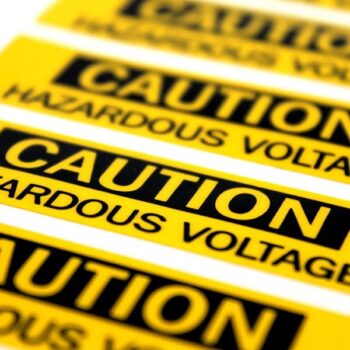
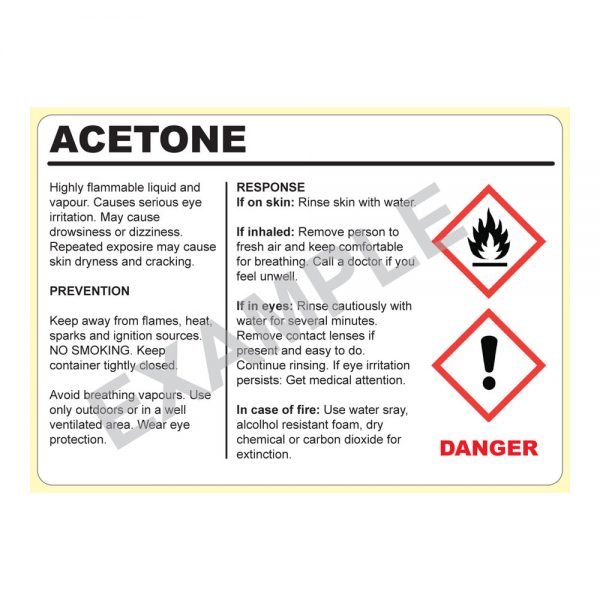
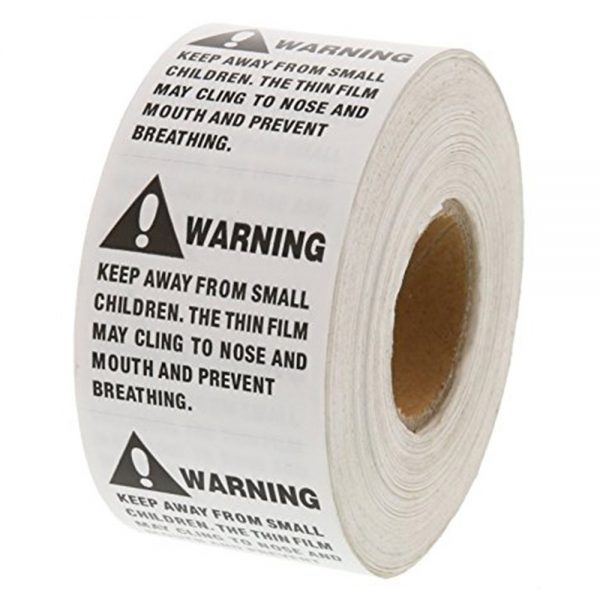
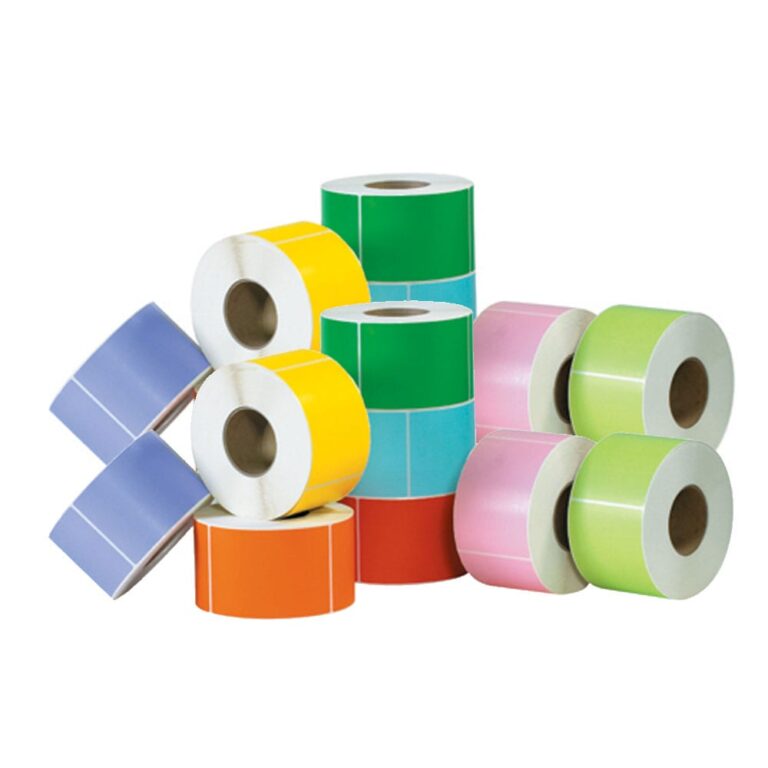
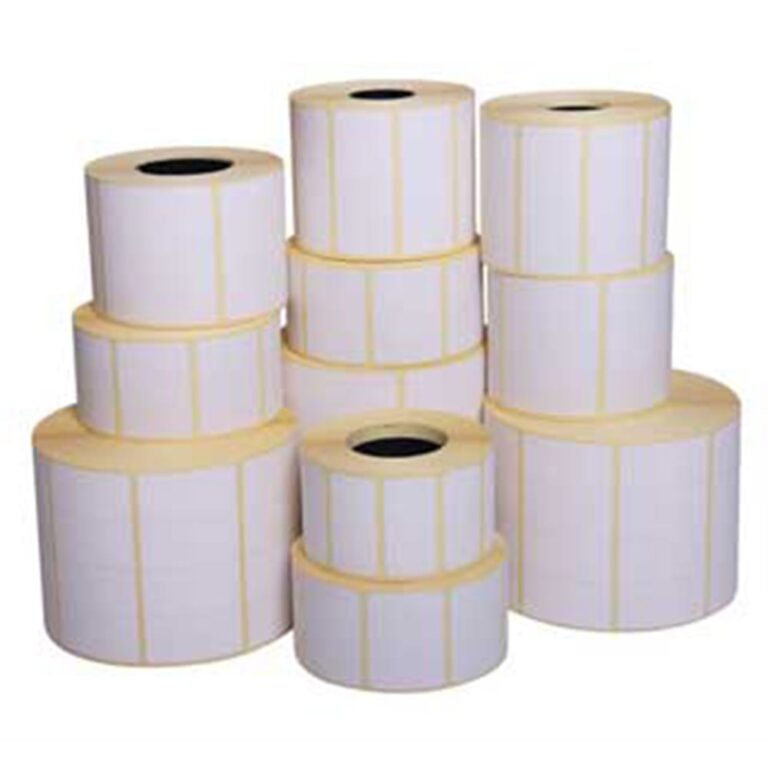
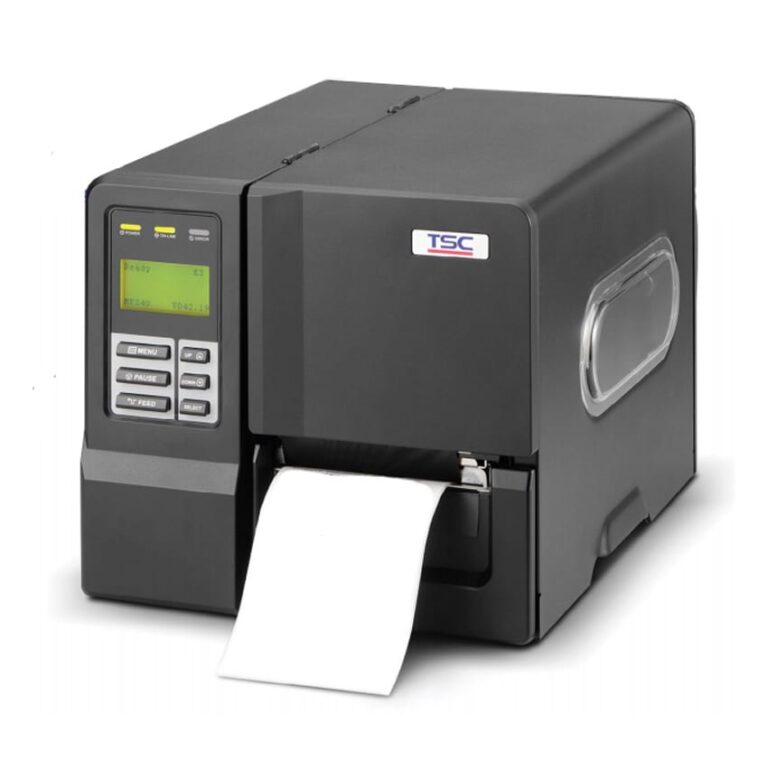
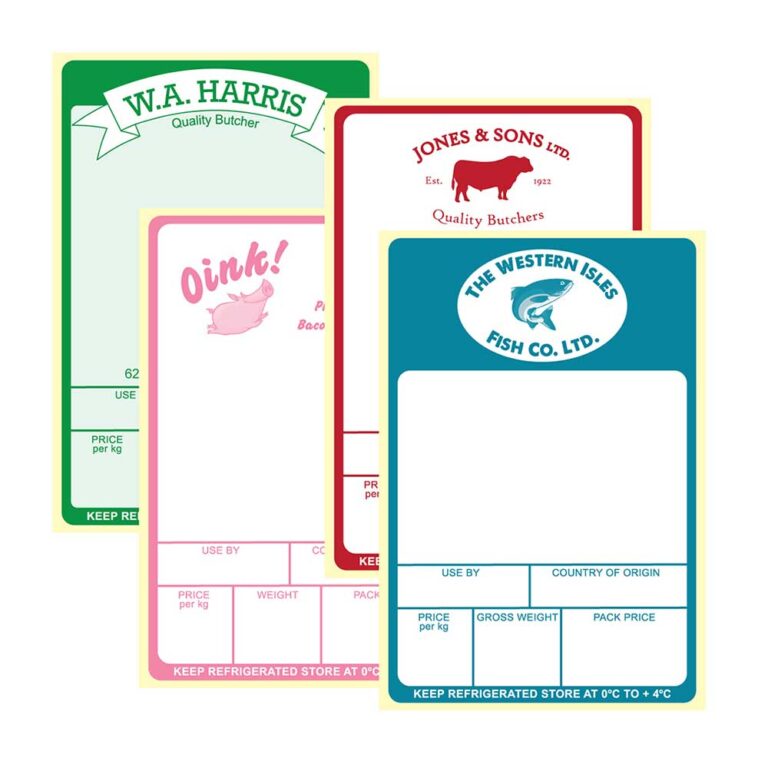
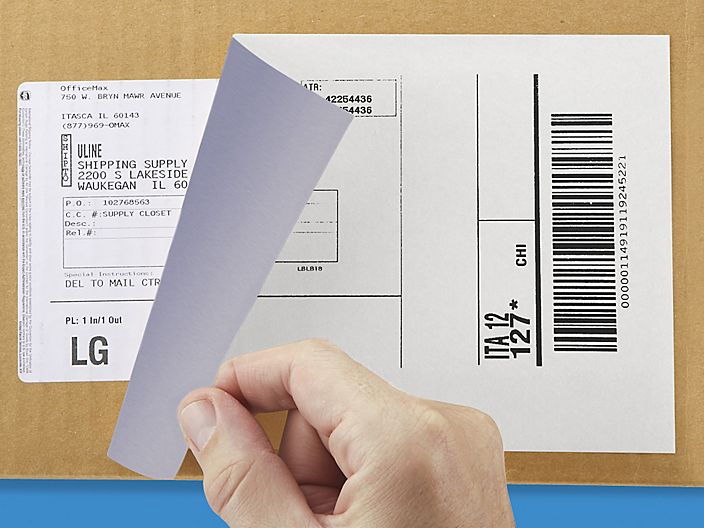
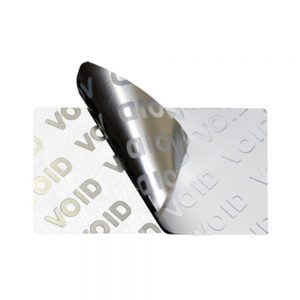
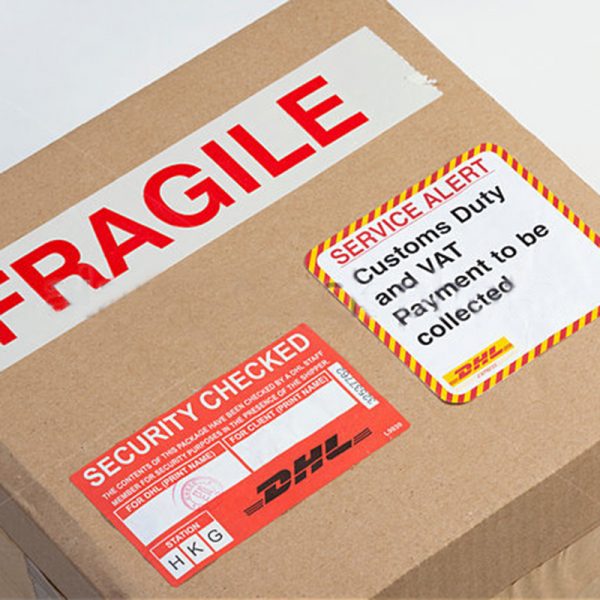



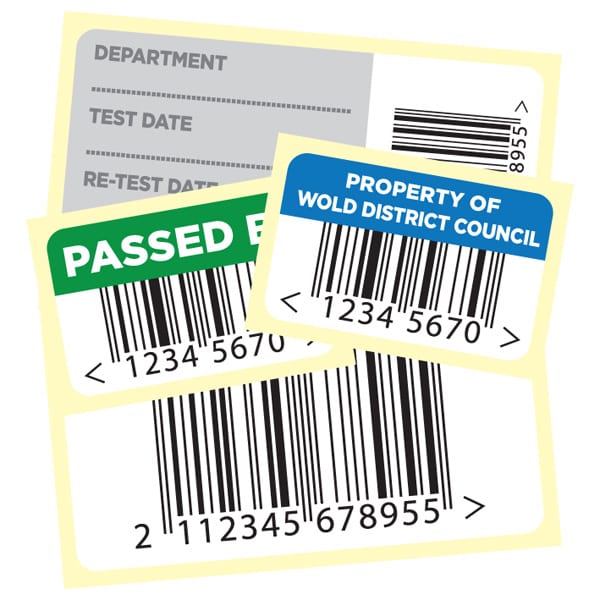
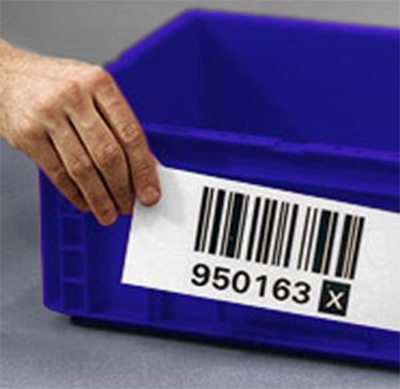
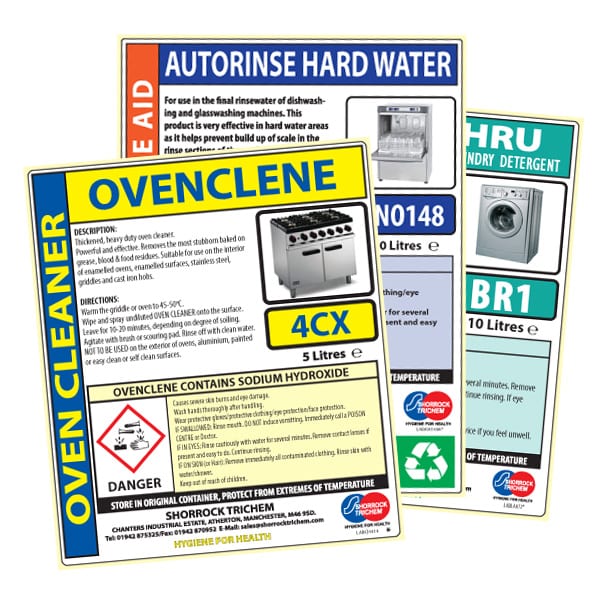
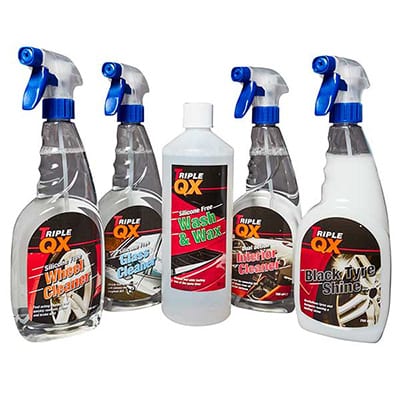

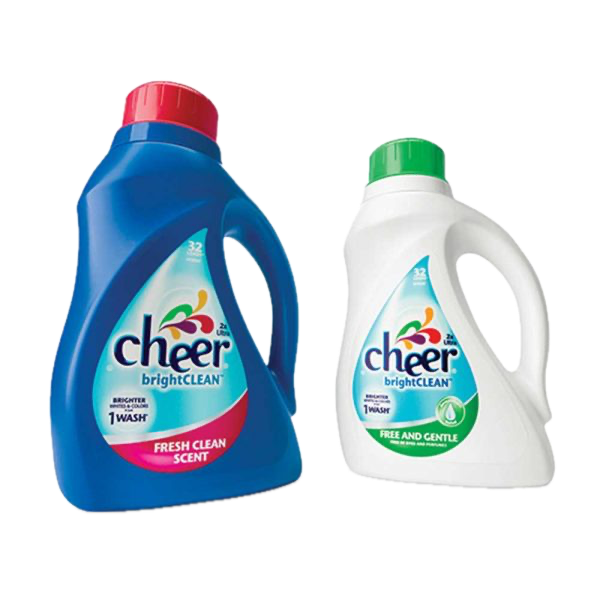





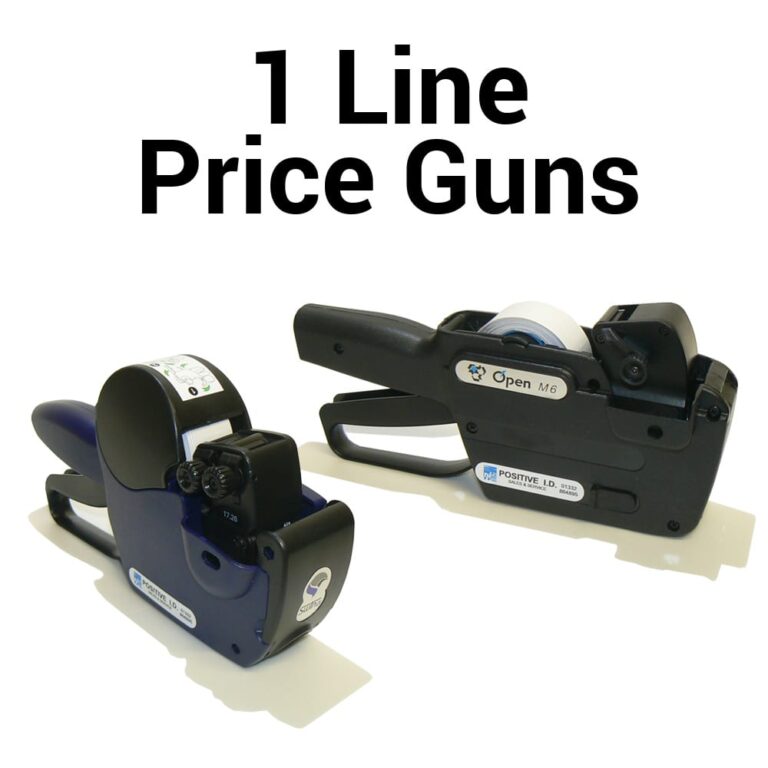
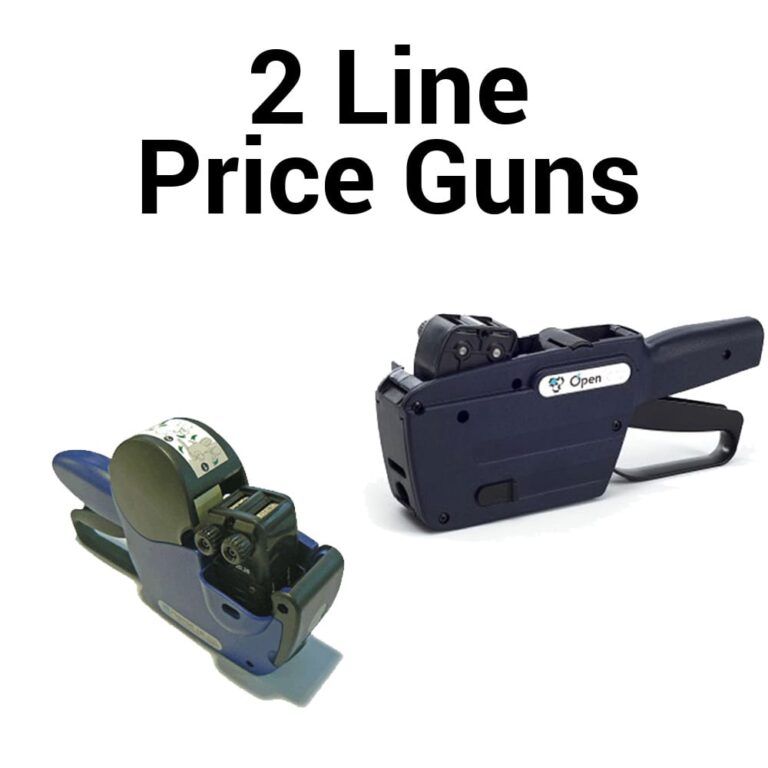
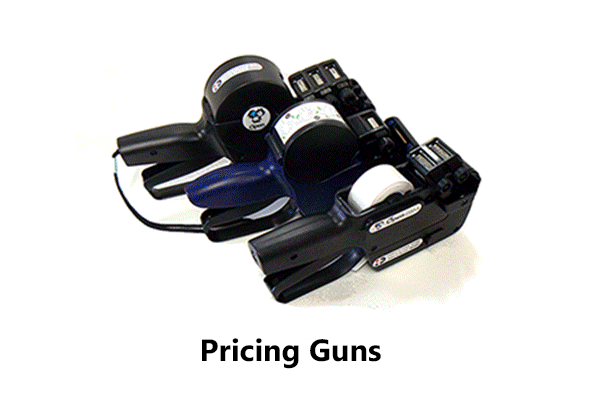
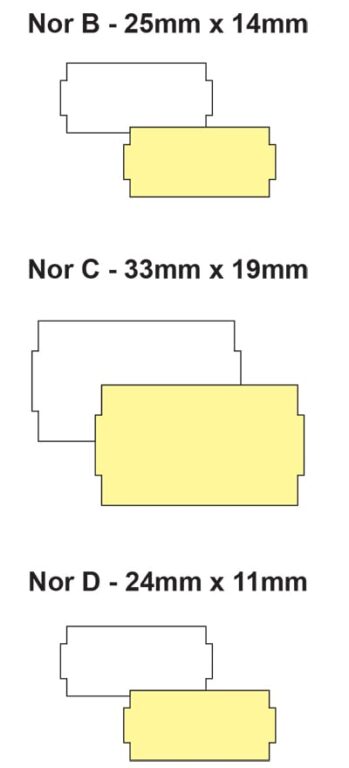






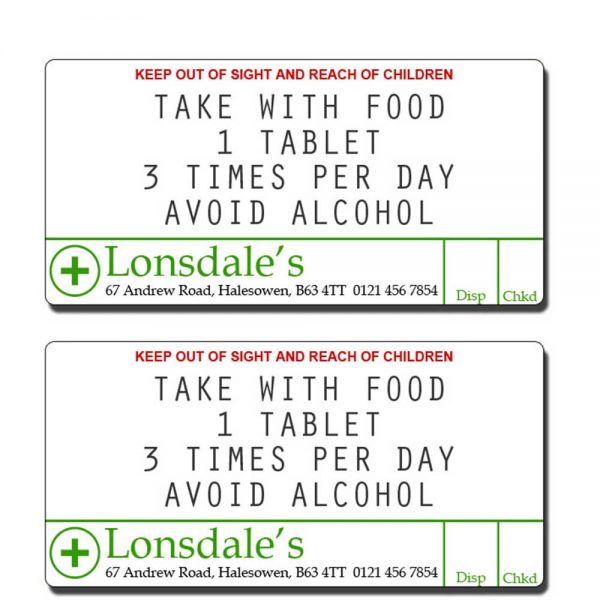
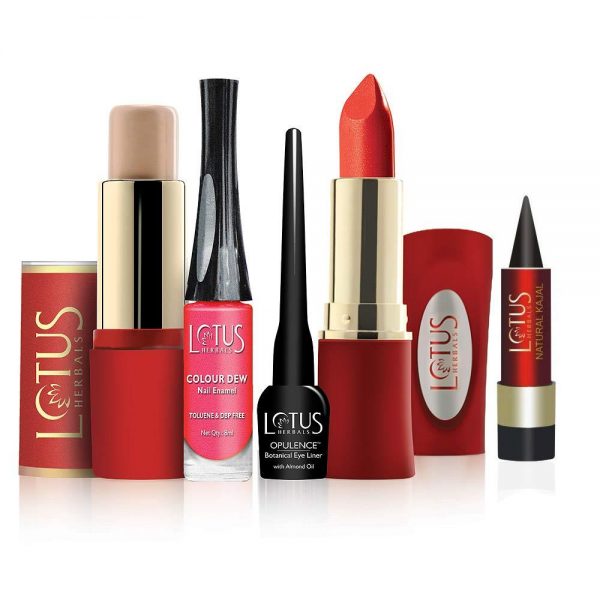






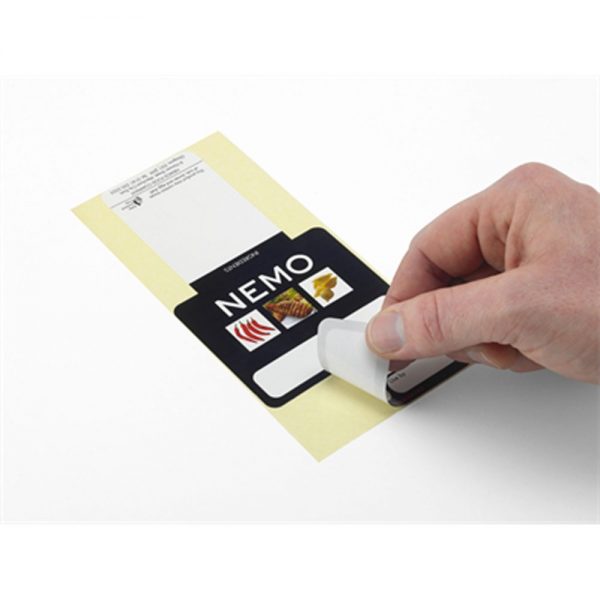
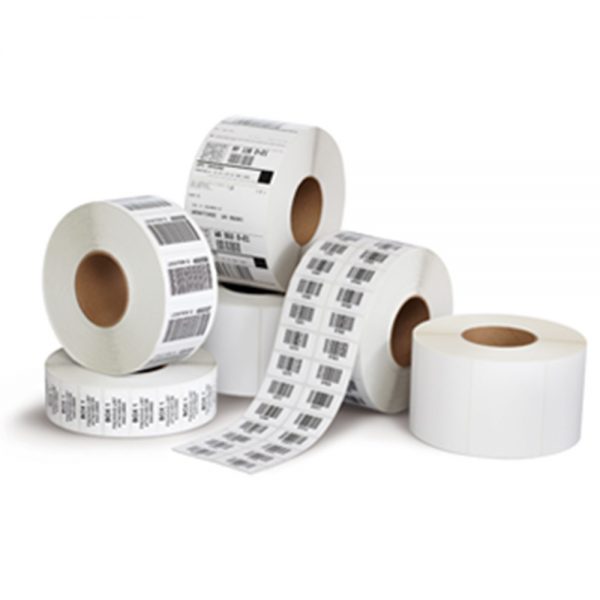
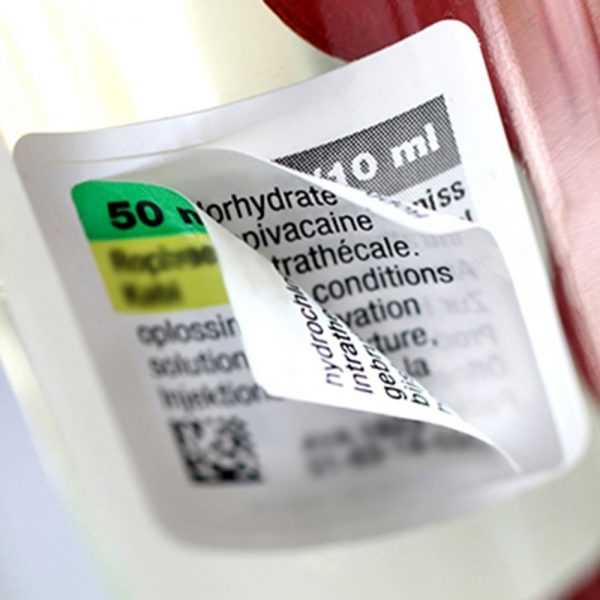

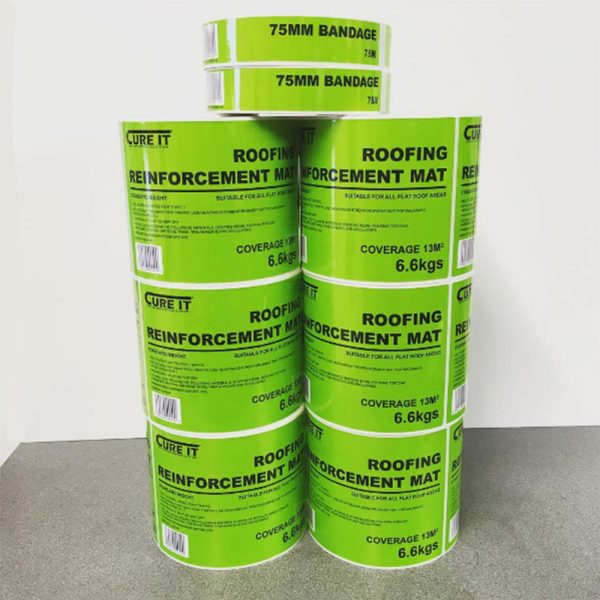
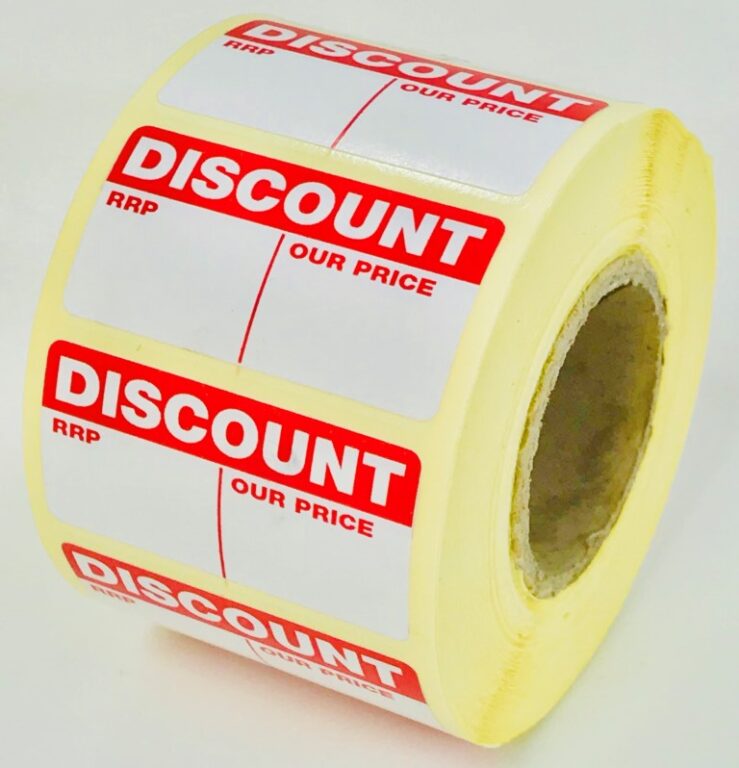
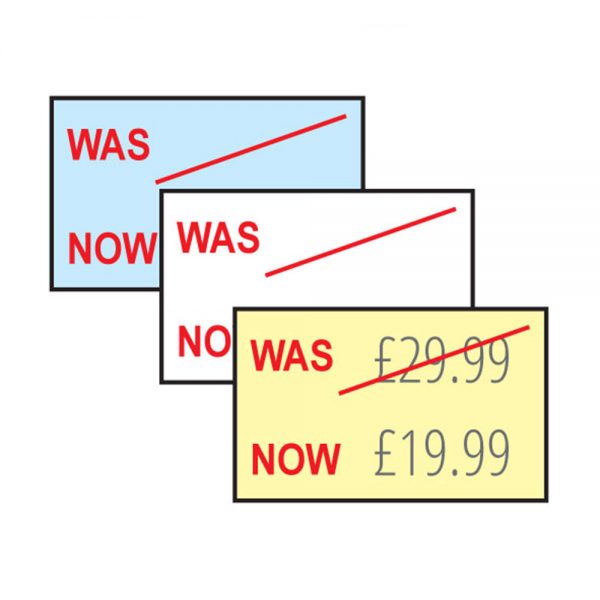
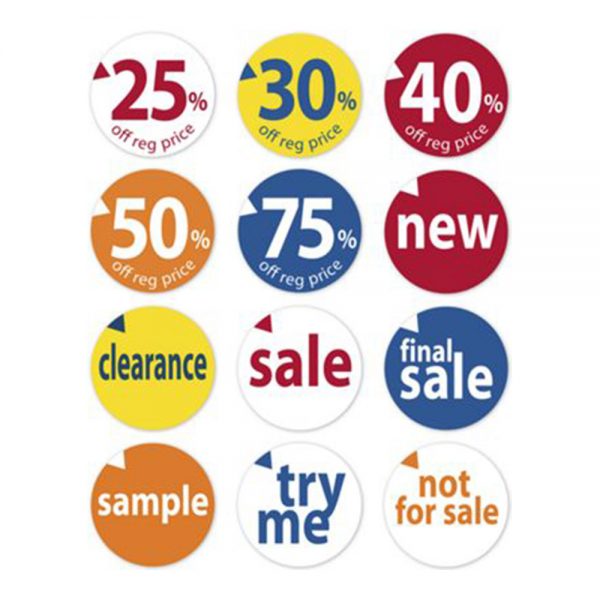
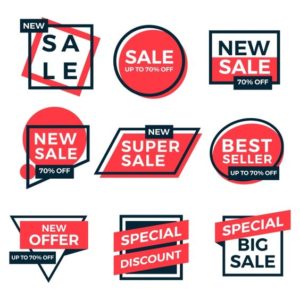
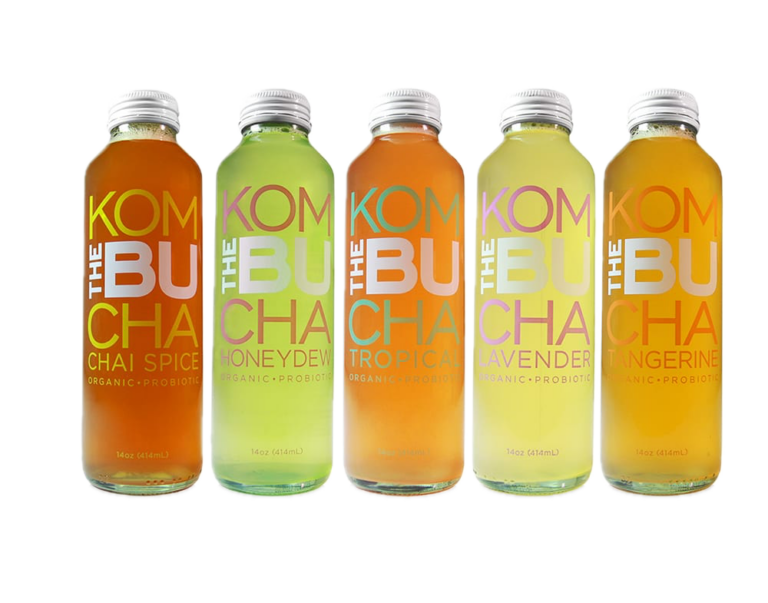
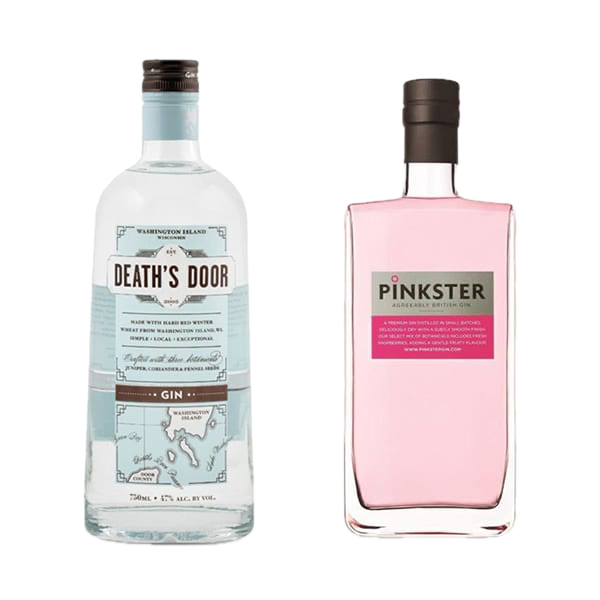
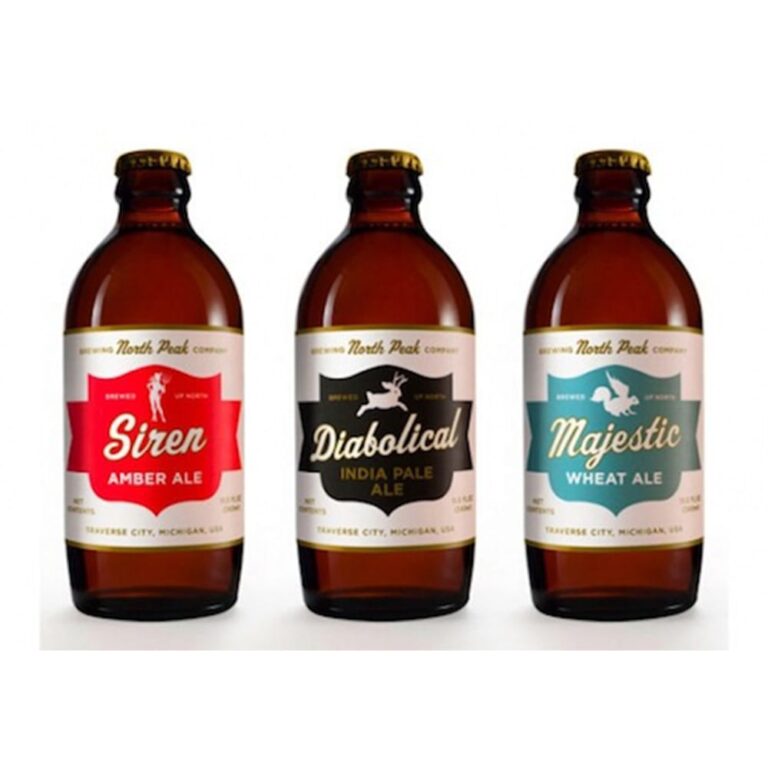
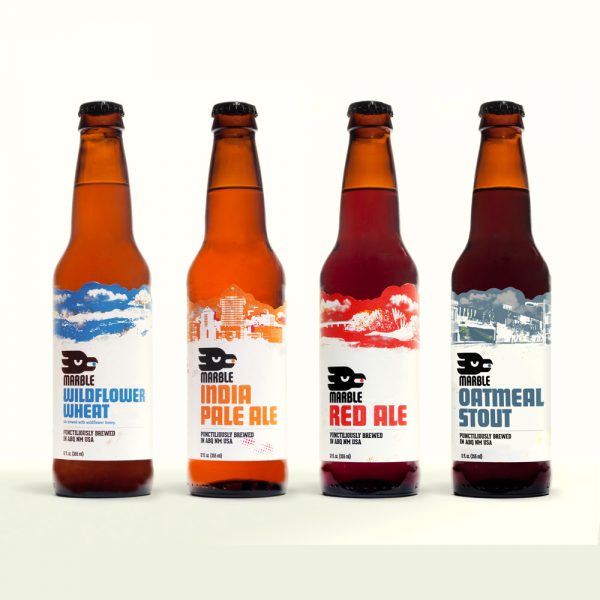
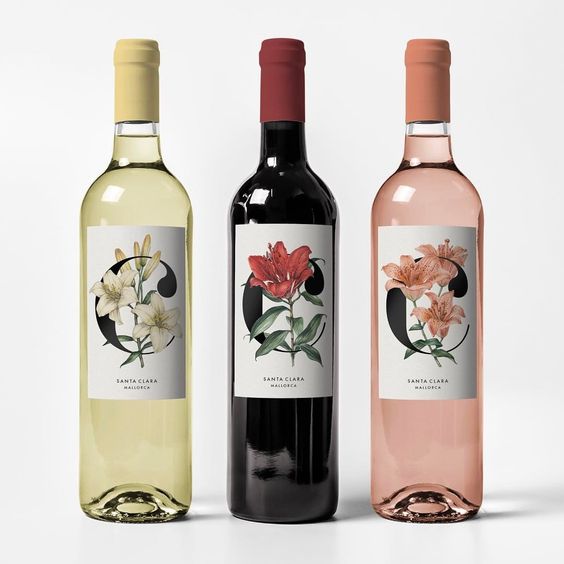
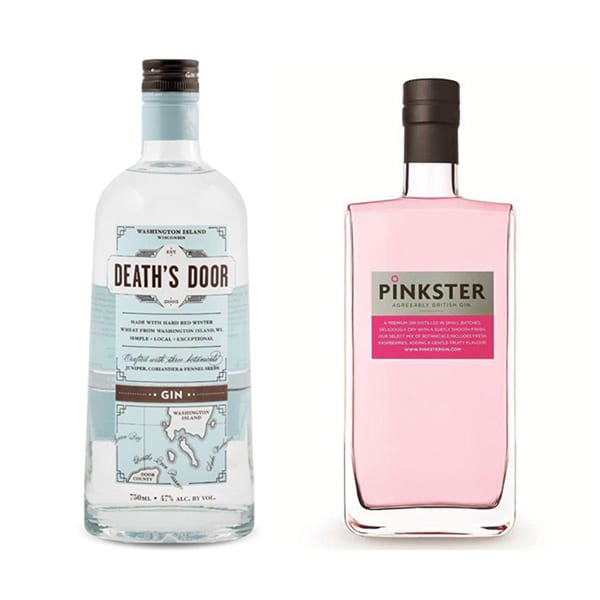

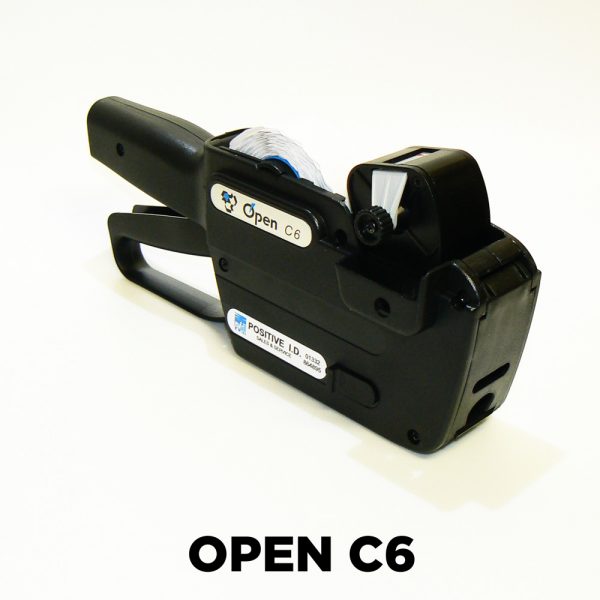
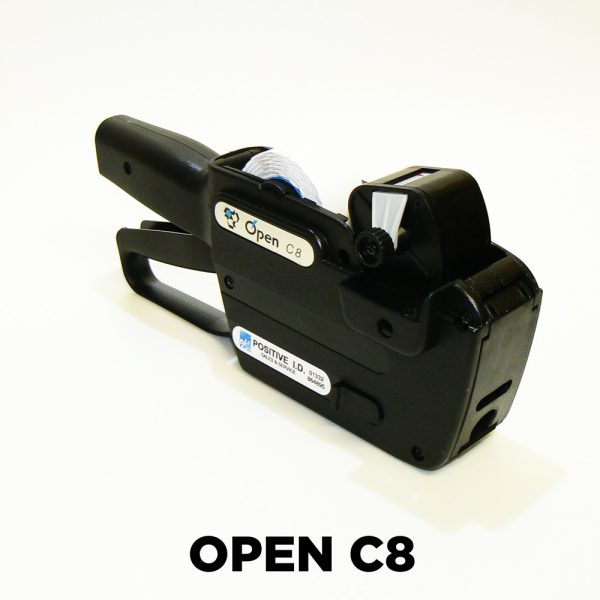
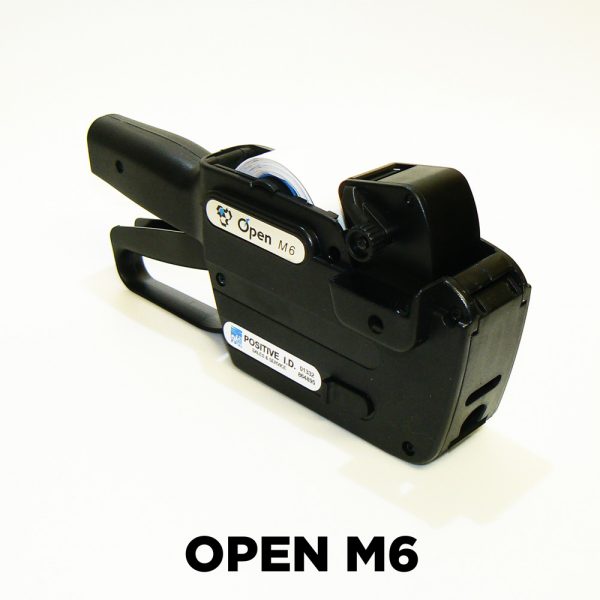

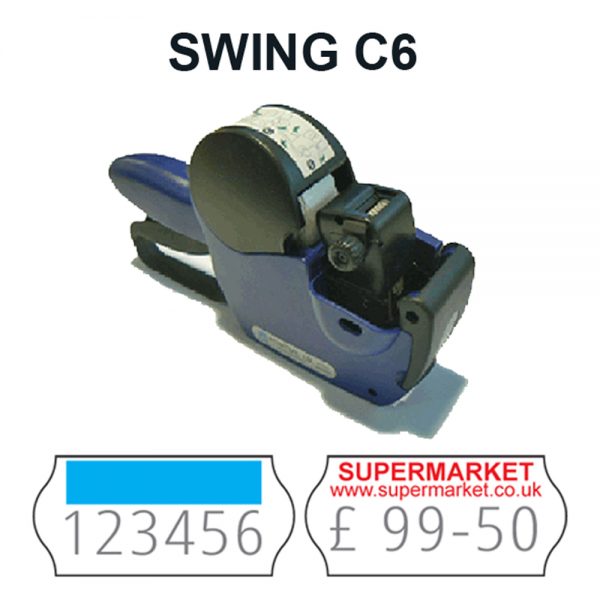
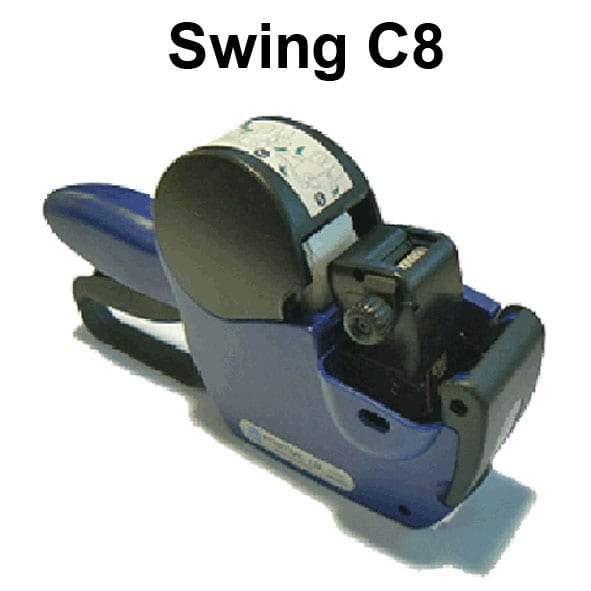
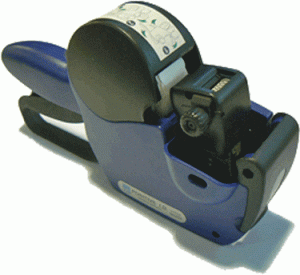
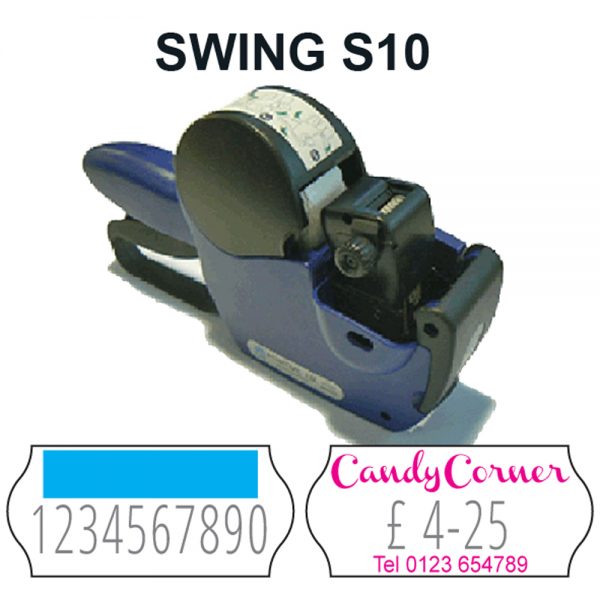
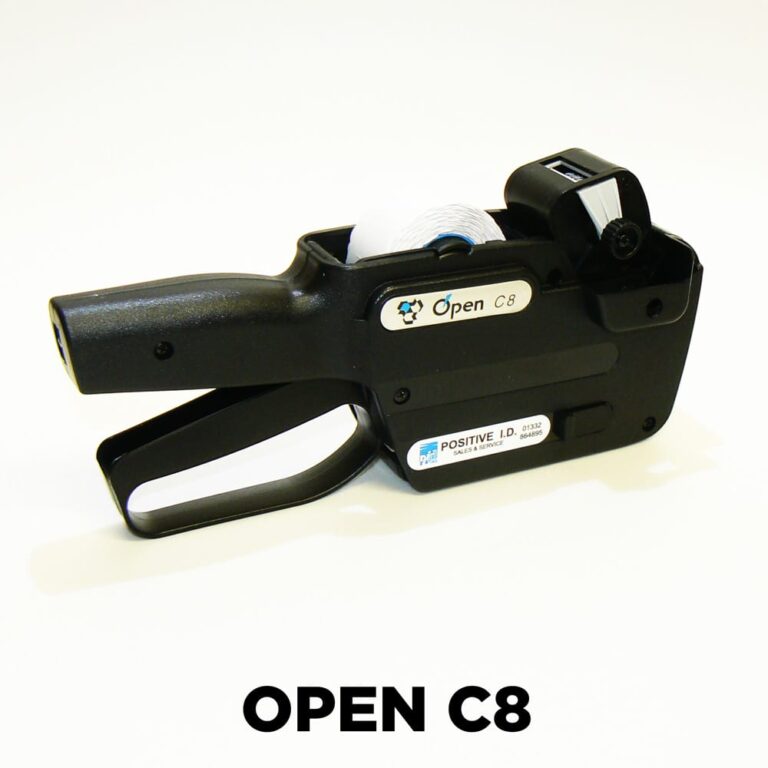
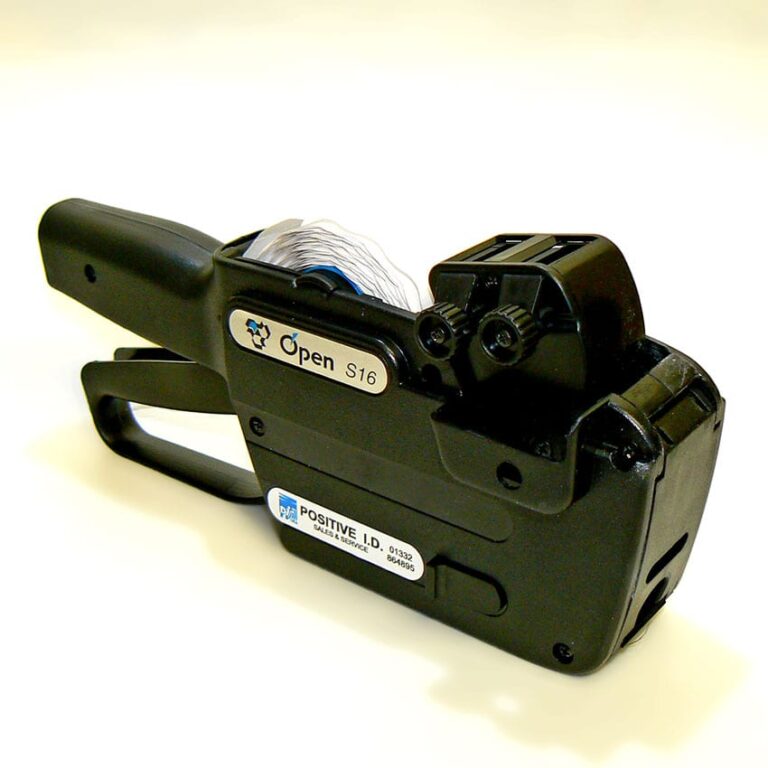
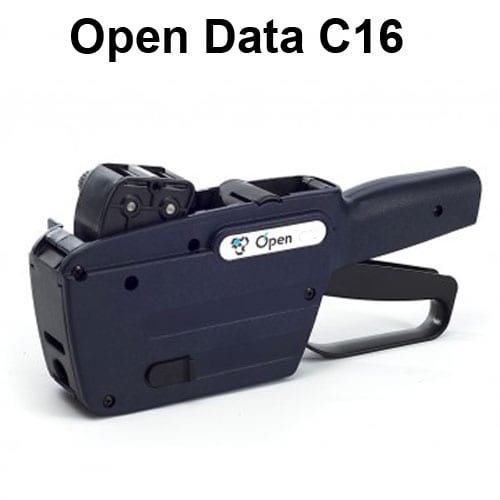
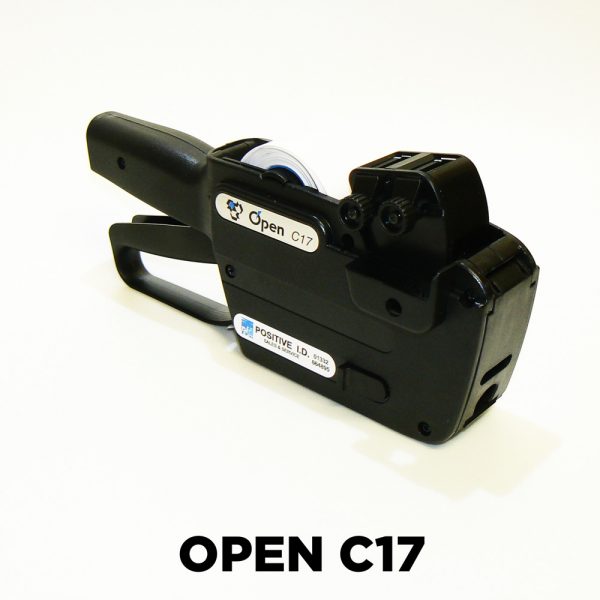
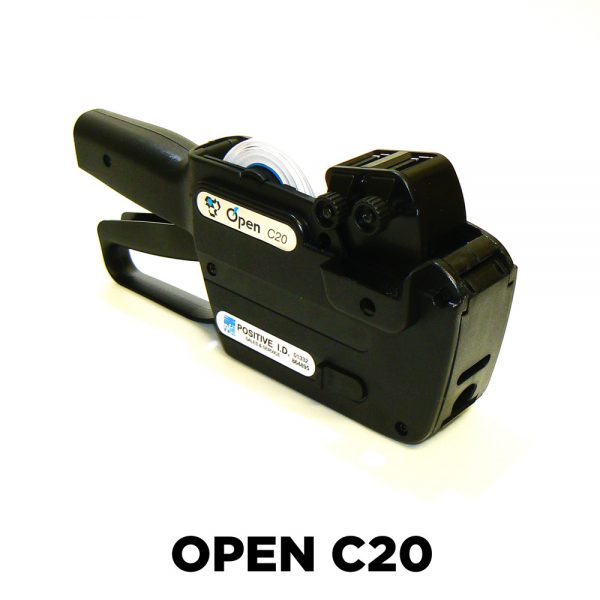
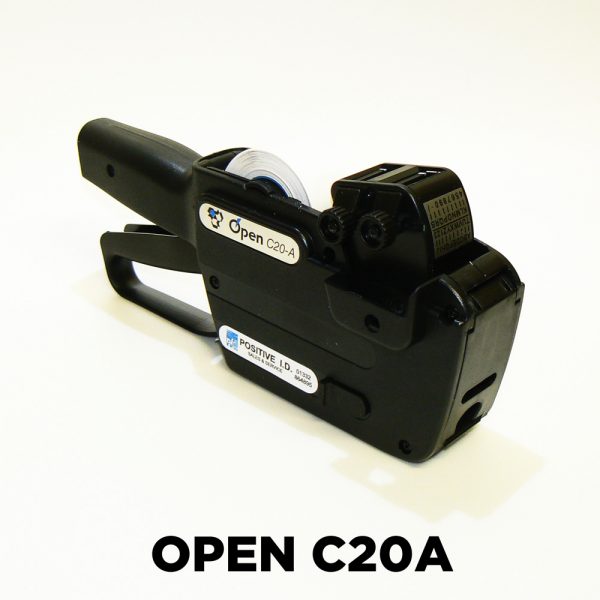
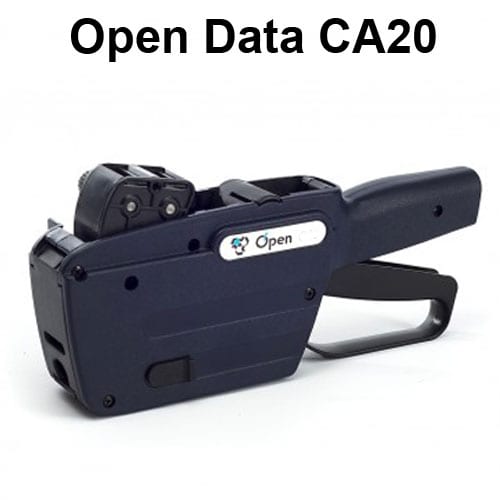
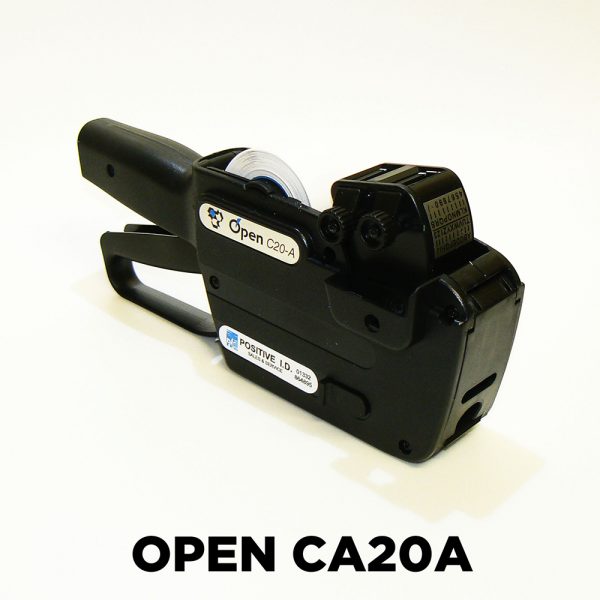
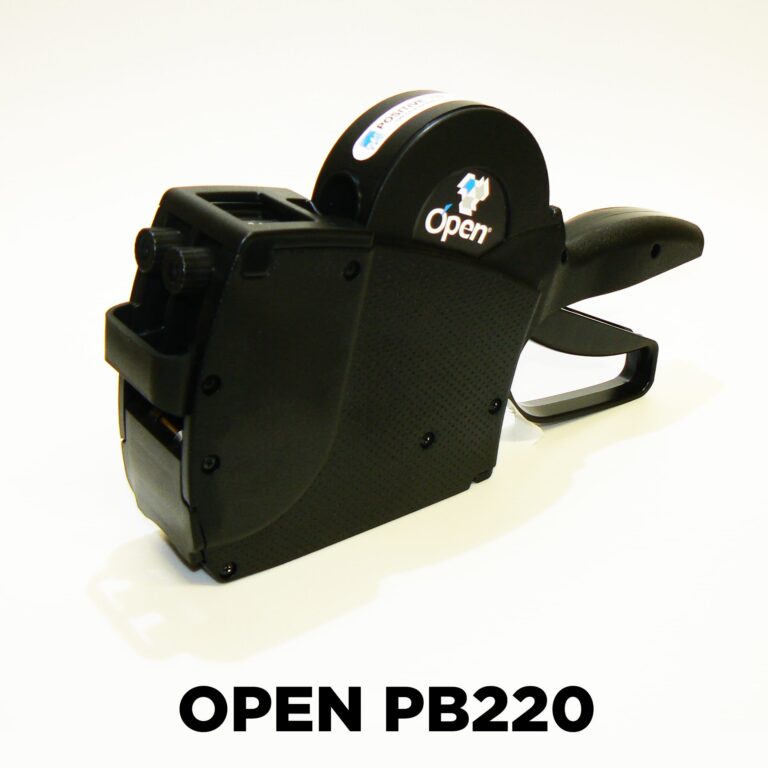
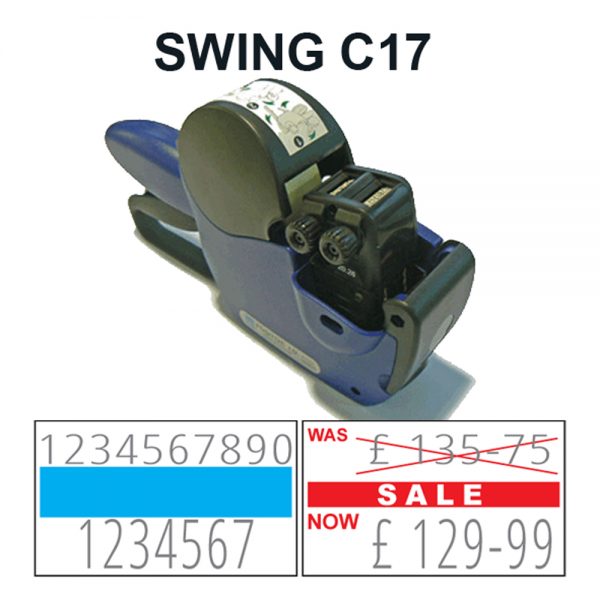
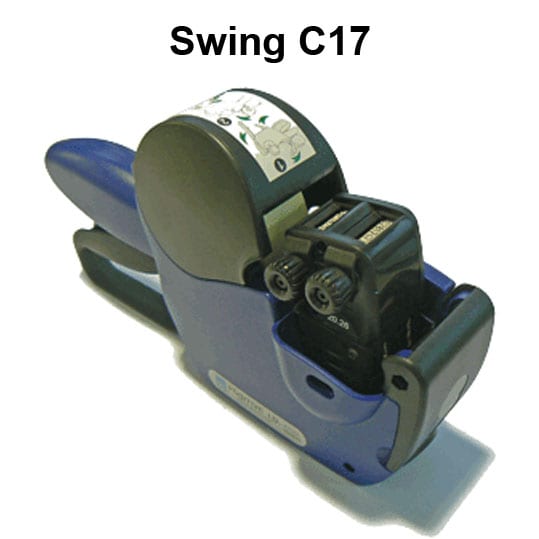
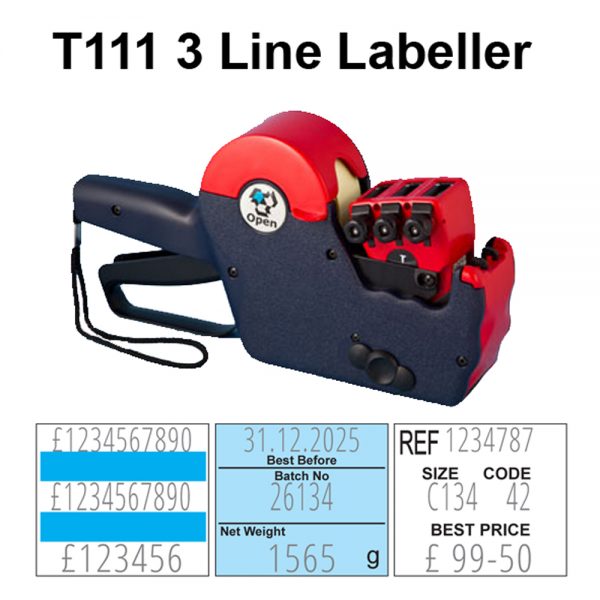
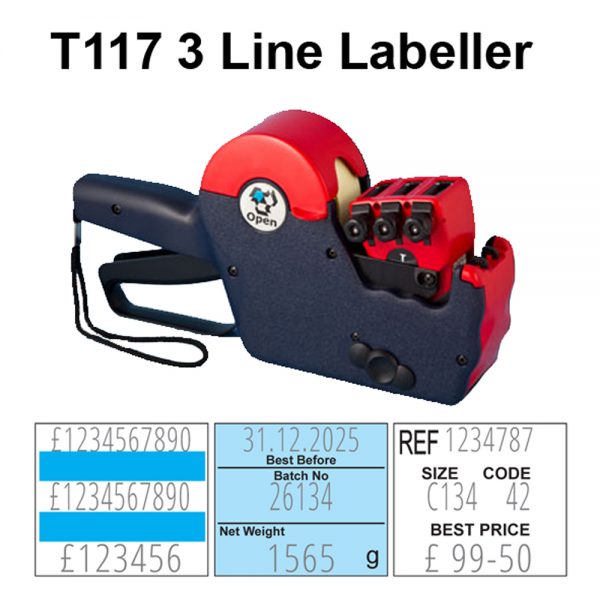
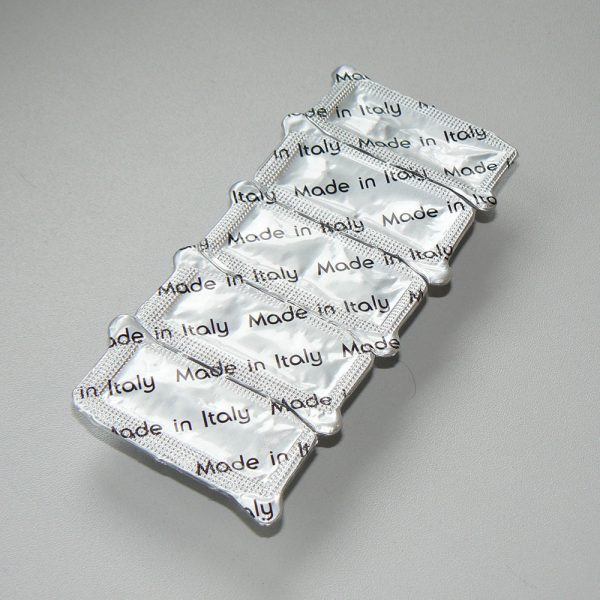
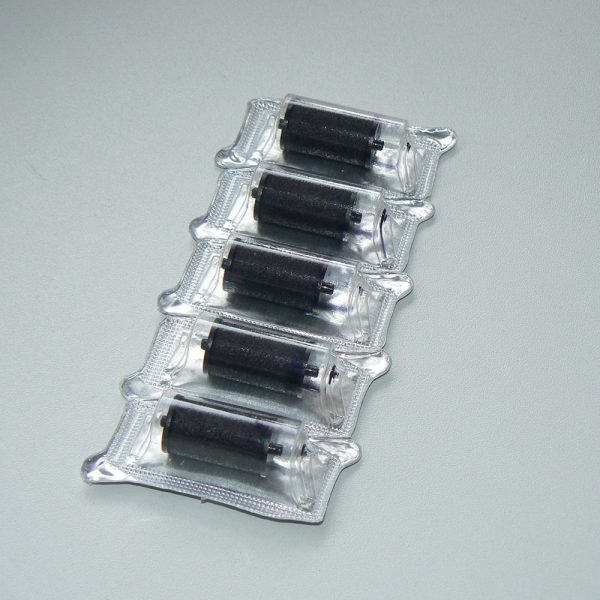
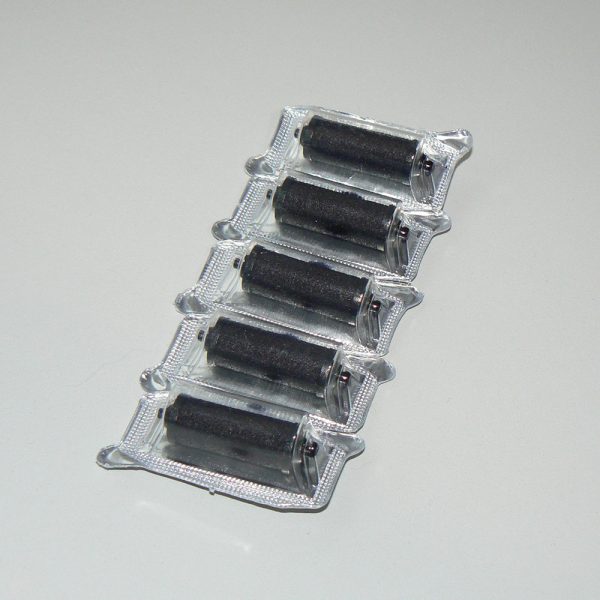
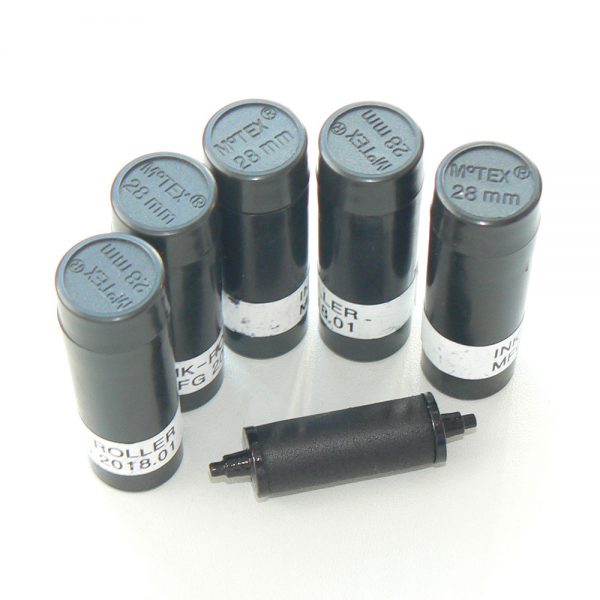
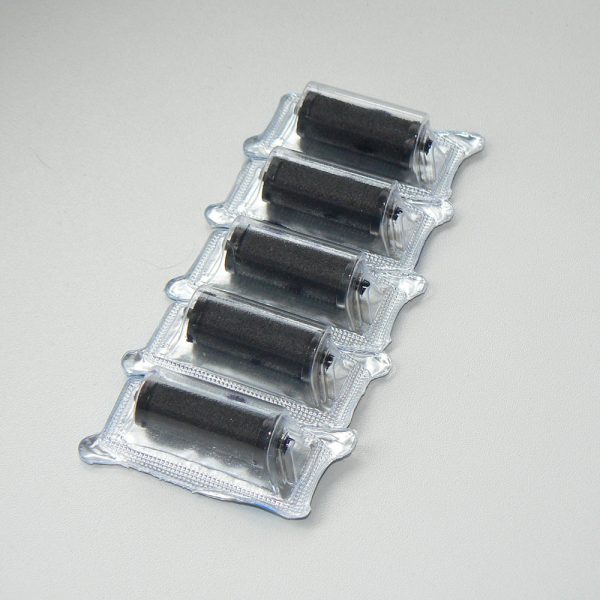
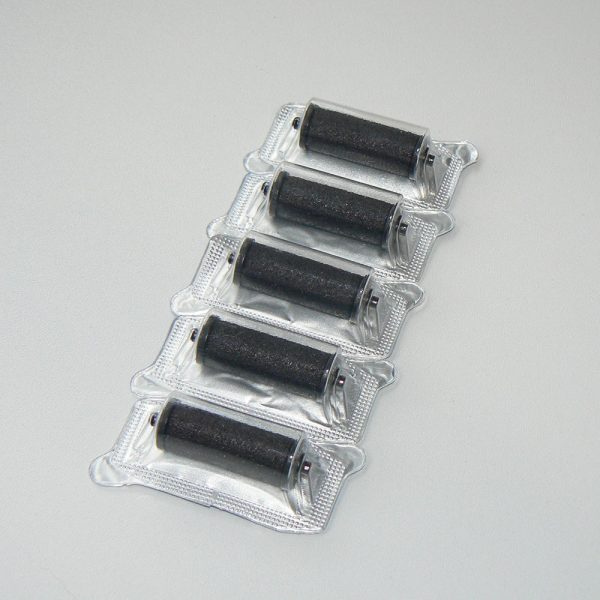
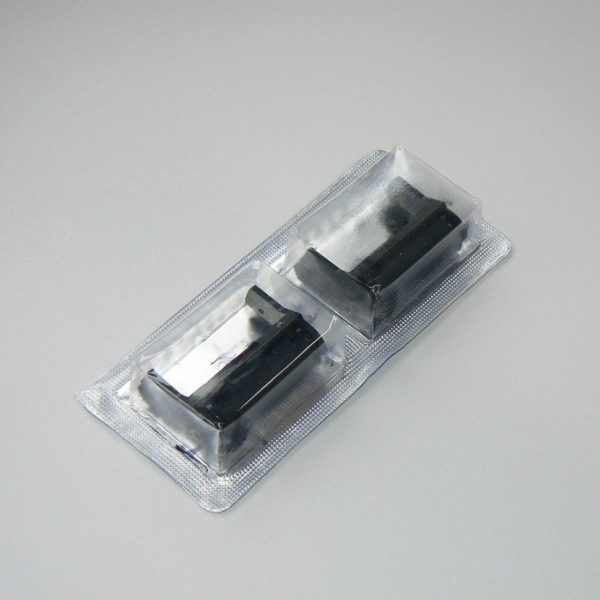
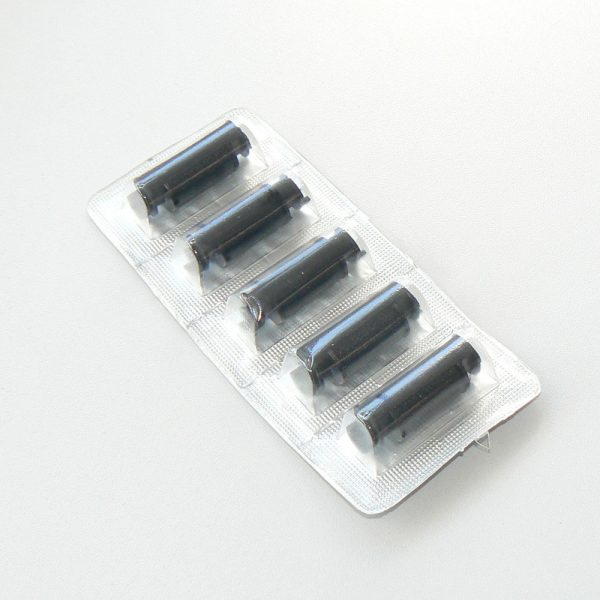
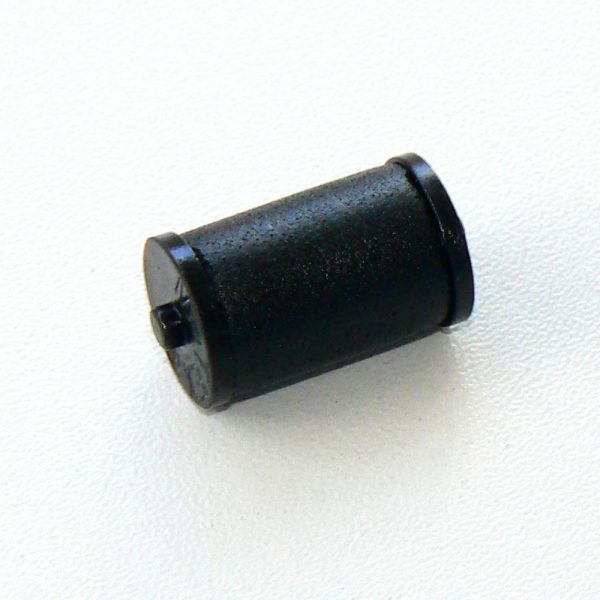
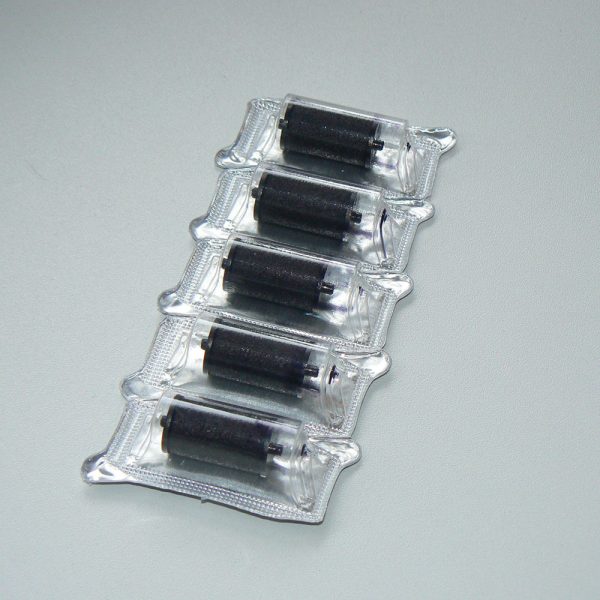
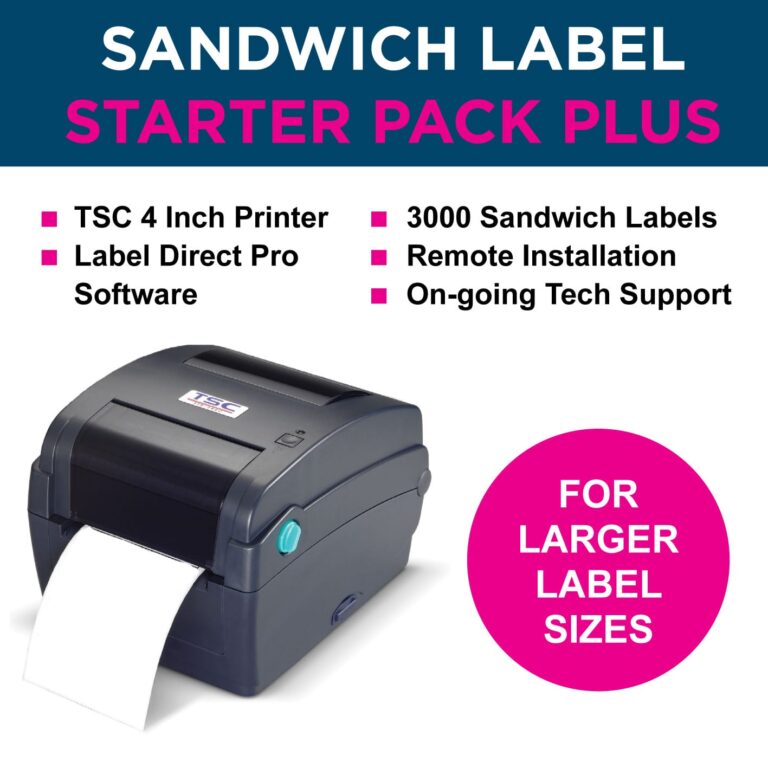
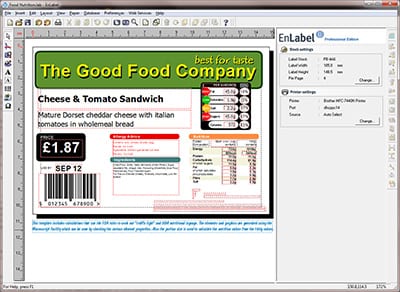
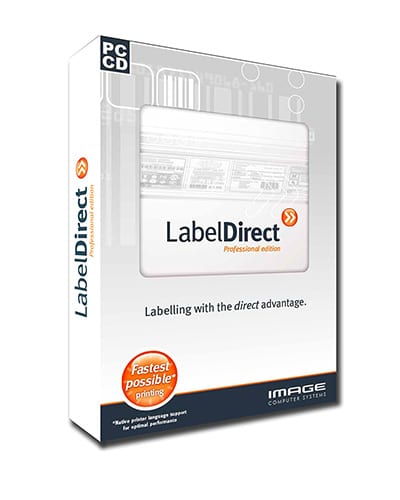
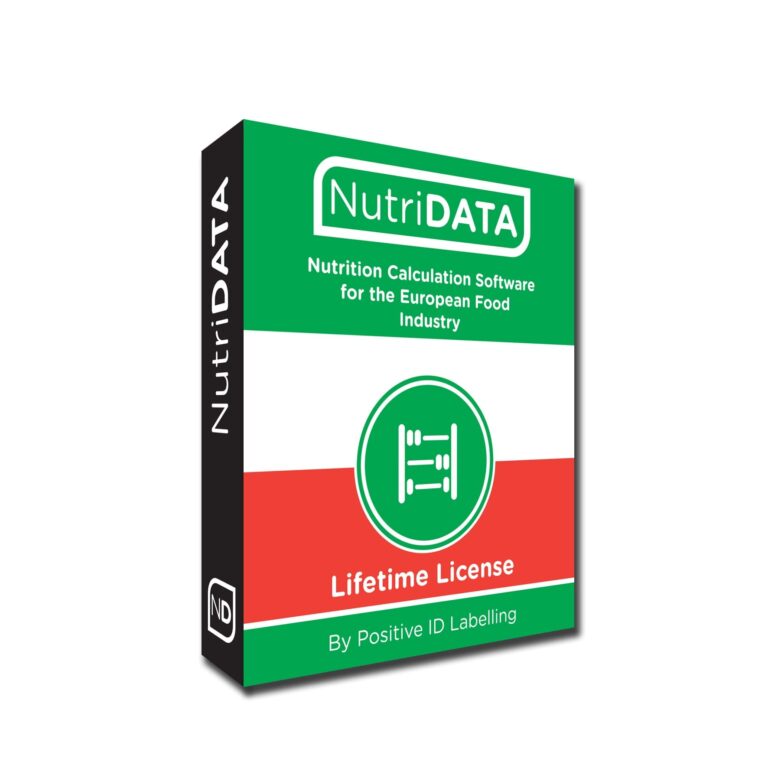

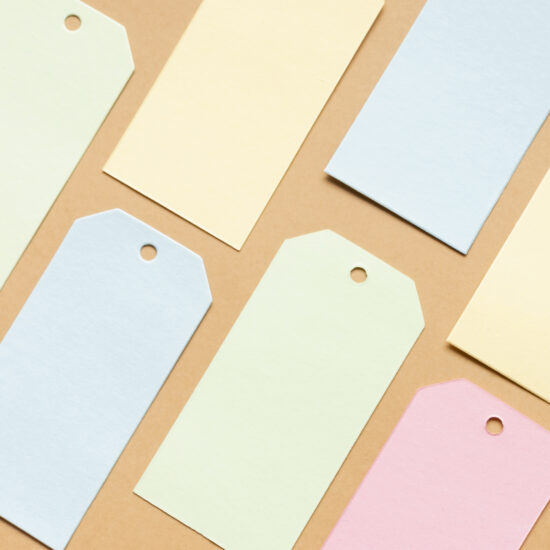
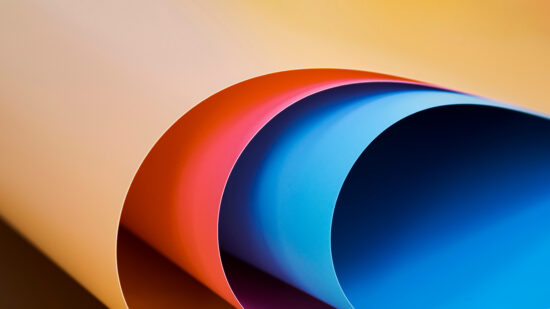
 Advanced encryption keeps your data safe and secure
Advanced encryption keeps your data safe and secure